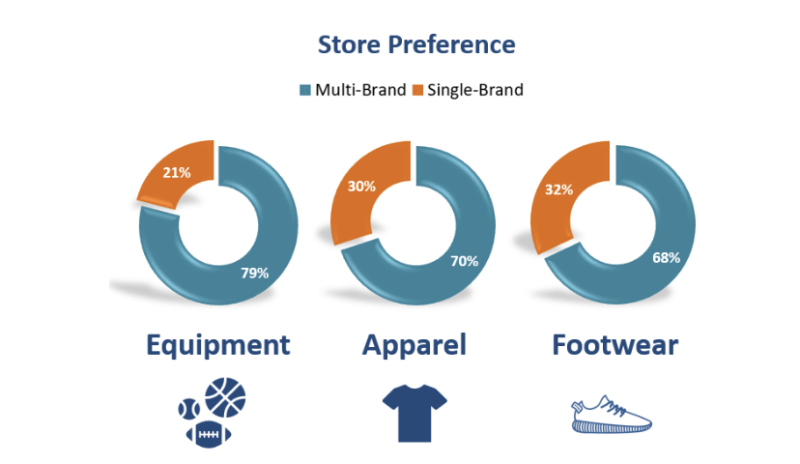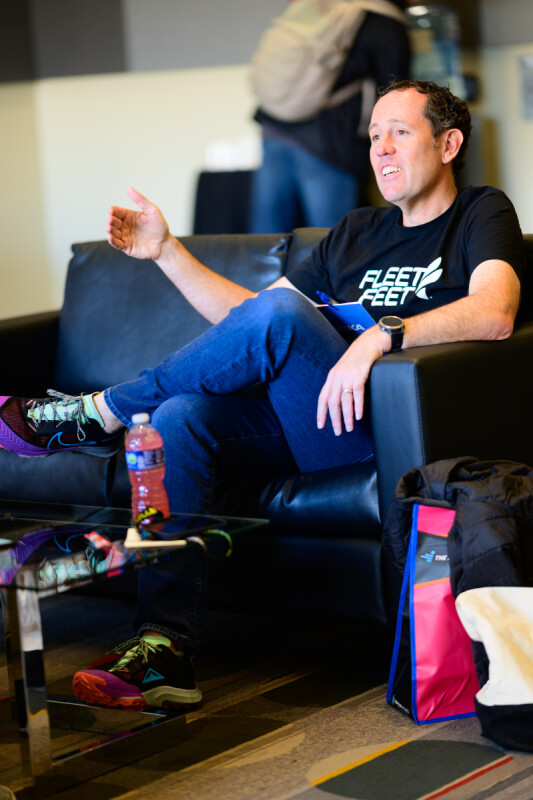Running Insight: So, how has 2020 been for you? Are you looking forward to turning the calendar to 2021 yet?
Christine Bowen: It has certainly been a wild six months, to say the least. The last event I was able to attend in person was the U.S. Olympic Marathon Trials in Atlanta. After that, I sadly began cancelling my planned spring trips to events such as the Boston Marathon, Dick’s Sporting Goods Pittsburgh Marathon, Rite Aid Cleveland and many more.
How has Running USA fared?
As an organization, we rapidly switched our efforts from in-person education and networking opportunities to providing the industry with easily accessible resources. We’ve held nearly a dozen virtual training sessions that focus on the ability to connect and respond to situations with appropriate communications, event cancellation best practices, case studies, pivots to virtual events and more. We are definitely looking forward to next year, but know there may still be many hurdles for our industry ahead.
With some many events cancelled in 2020 and now into 2021, how do you think the overall running business has adapted?
Events with the resources to do so have morphed into a virtual experience, which has helped them stay visible and engaged with their participant audience. We’ve seen many of our vendor members pivot drastically but effectively, producing PPE and other pandemic-relevant products. This has certainly pushed the running industry to adapt in the way they engage with their participants and event partners. Our cautiously optimistic hope is that we’ll come out a stronger, more resilient and flexible sport on the other side.
How have you personally coped with the situation for the past six months?
Personally, I’ve signed up for numerous virtual running/walking/biking events. It’s helped me go through the experience as a consumer and also allowed me to lend support where I could to industry colleagues. While the entire pandemic is terrible, I was thankful to be able to be home with my three kids. I have one college-aged daughter and twin 16-year-old boys, so they all had no choice but to hang out with me.
That’s one of the positives coming out of all this. Any other good things?
Hands down, collaboration. We’ve seen the industry pull together to share revised event best practices that are being developed nationwide. We are all in this together and in order for the events to come out of this healthy, we need to use this time wisely. We are seeing events band together state by state to work on common plans to present to the local and state governments. It’s definitely admirable to see companies who might otherwise be competitors share ideas and energy to ultimately reach a common goal: resuming the events our participants love.

Are you going to produce a 2020 survey as you have done in year’s past and, if so, what is that going to look like?
We typically kick off that project right after the first of the year in collaboration with our vendor partners. We are in current discussions to see what form the 2020 trends report takes, but certainly we are looking to capture the virtual participation data and increased interest in running as an alternative to gyms or closely packed fitness classes.
What trends that began in the COVID-19 environment do you see continuing as the running world returns to a next normal?
We are already seeing races go back to basics with very small field sizes and a bare bones approach. This is likely to be temporary, but it’s a good start to getting going again. Event mainstays such as drop bag protocol, porta-potties, water stations and post-event food are just a few areas that are having to be completely rethought.
Can that be accomplished and still have successful events?
Event directors are nothing but creative and we’re already seeing innovative and unique solutions to the current race day challenges.
Do you have any advice for run specialty retailers on how to survive in this business and social environment, especially in relation to their involvement with races/events?
My advice is to keep working together. It sounds cliche, but events and specialty retailers share the same consumer base and need each other now more than ever. This is a great time for events that have pivoted to virtual to connect with their local specialty retailer to organize a safe swag/packet pick up. It gives the consumer a sense of normalcy for that one portion, even if they are going to run the event on their own.
What is on the Running USA calendar for the remainder of 2020 and then into 2021?
We are intensely focused on member advocacy. While we can’t create the guidelines governments will need to approve to get events going again, we can bring our members in each region together as a collective and provide guidance as they work with their local and state representatives. Into 2021, we feel that our role will transition to helping the events with runner/consumer confidence as things (hopefully) get back to a new version of normal.
Finally, what do you think happens next for the racing and running businesses in America?
Unfortunately, we may see some events not recover for some time and that’s hard on the sport. We do feel that the events that are using the downtime wisely, developing content and marketing communication plans, relationships with government approvers and shifting to local partnerships will have an advantage when live events are allowed to return at scale.
Christine Bowen is VP–programming, operations and partnerships for Running USA. Since 1999, Running USA has been the non-profit trade association for the sport of road running. They produce the largest conference for the road race industry globally, with its pre-pandemic February 2020 edition in Las Vegas the largest in the event’s history.






